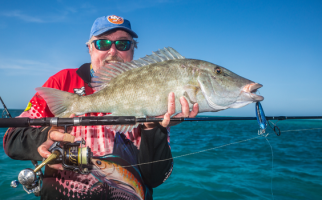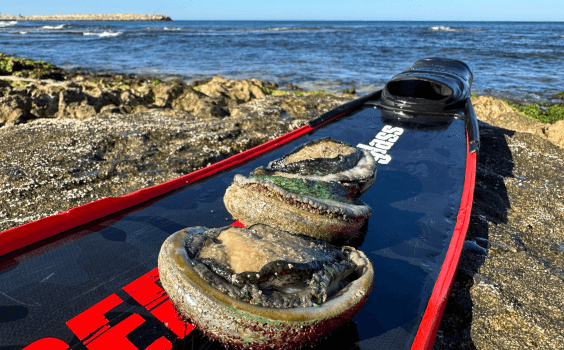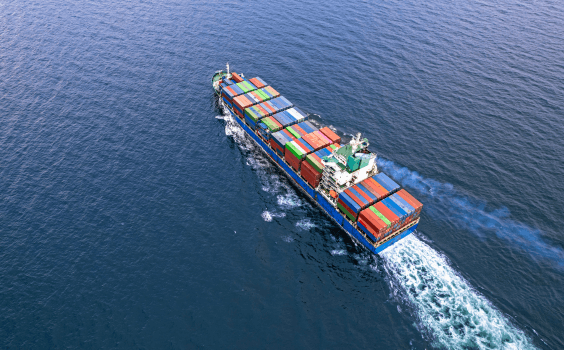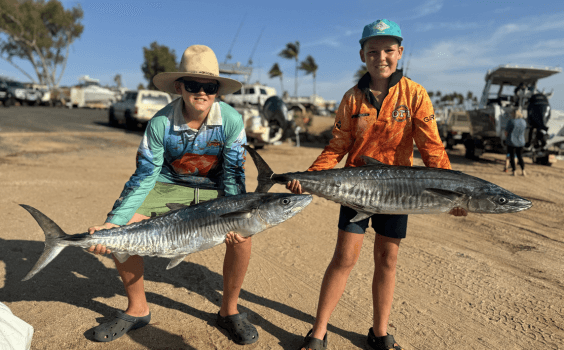Long-nosed emperor
Lethrinus olivaceus
Eating: 3 stars
ID – Extended snout, mottled blue/grey colouration.
I will never forget my first long-nosed emperor. We were fishing off Ningaloo Reef in around 50m and I had put an unweighted bait out, with a whole mulie on ganged hooks.
I was expecting a Spaniard or other pelagic and instead caught a thumping long-nosed, the first I have ever seen. I took a picture of Andrew Pickard holding it and it became a cover shot for Western Angler. That was a remarkable day, as I subsequently caught a dolphinfish and sailfish on the same outfit, making it something special.
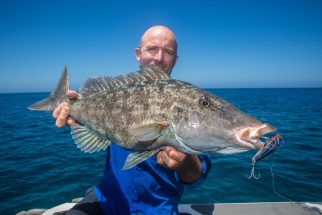
It was a long time before I encountered this species again, but a trip to the Rowley Shoals showed just how much fun they can be. The bluewater fishing at the Rowley’s was slow, but we had incredible fun inside the lagoon, where we found big packs of long-nosed that were willing lure takers.
We could often see them in the shallows and they had no qualms chasing down our offerings. One day we were all standing on the gunwales of Steve Palumbo’s boat when we spotted a big school of them right up in the shallows, leading to some frenetic action for the next few minutes. It was some of the best flats fishing I have done.
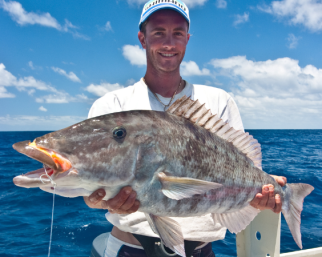
Like most emperor, long-nosed have brutish strength and fight hard for their size, with those typically dogged surges towards any nearby cover. They also used their broad sides well to make them tough to pull to the boat.
We found they were responsive to most types of lures in the shallows, with sinking stickbaits probably most effective. Soft plastics also worked well. They can also be caught on poppers at times. We didn’t need especially heavy gear for them, but there was lots of structure so we lost a few battles. There were often other bigger fish such as GTs and maori wrasse that would suddenly appear and do us over. A spinning outfit around 7-9kg with some heavier leader was our preferred approach.
Long-nosed would usually be an occasional catch offshore, as with my Ningaloo fish, and would hit baits such as squid and mulies aimed at other bottom fish, or jigs and soft plastics.
There seem to be one or two caught on our annual Mackerel Islands trip each year and often in good sizes. Found from Ningaloo north, long-nosed are known to grow to about 10 kilos, but the ones we caught at the Rowley’s were mainly 3-4kgfish. They are primarily an inshore fish, but do find their way out to 200m of water.
